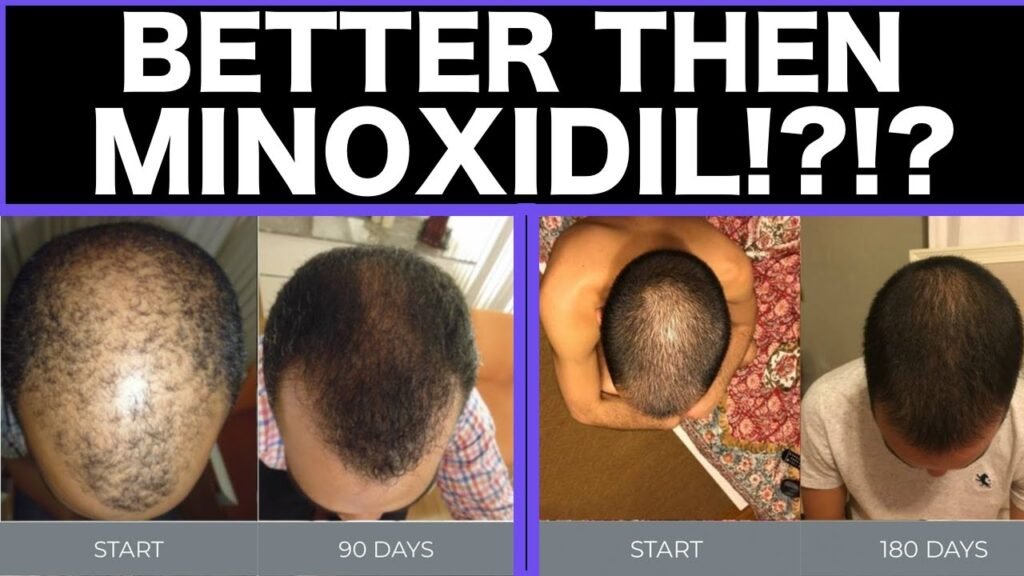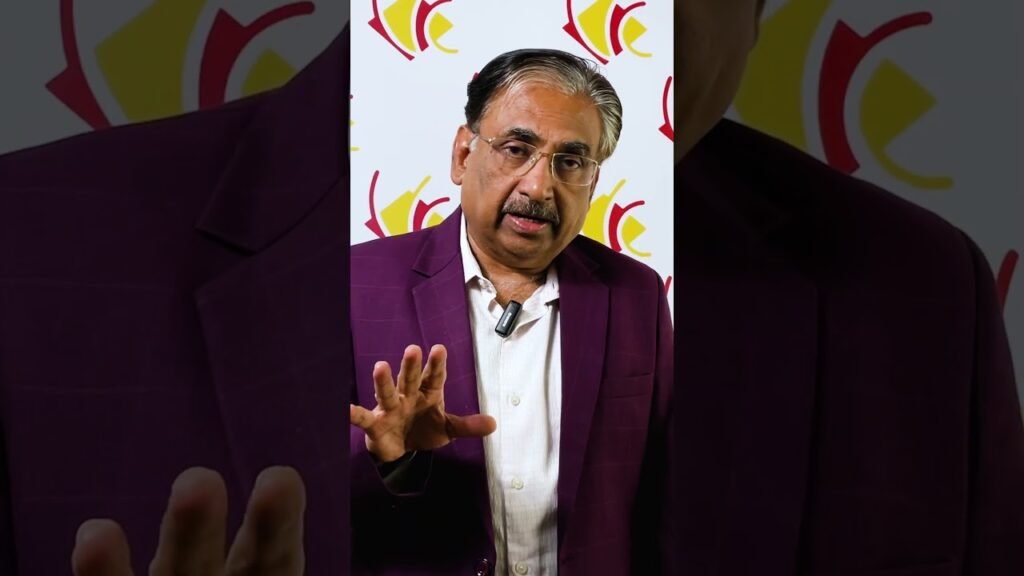Comparing results from Foam vs liquid minoxidil
When it comes to choosing between foam and liquid minoxidil, many individuals seek to understand which formulation yields better results for hair regrowth. Both forms are FDA-approved and have been shown to be effective in treating androgenetic alopecia, but subtle differences in application and absorption can influence individual outcomes. Foam minoxidil is often preferred by users with sensitive scalps as it contains fewer irritants compared to its liquid counterpart. This can be particularly beneficial for those prone to scalp irritation, making the treatment process more comfortable and potentially improving adherence to the regimen.
Liquid minoxidil, on the other hand, has been a staple in hair regrowth treatments for years and often comes with a dropper for precise application. Some users report a higher efficacy with the liquid form, potentially due to better scalp penetration. However, it may contain propylene glycol, which can cause irritation for some. This formulation might be ideal for individuals who do not experience sensitivity and prefer a tried-and-tested method of application.
In terms of application convenience, foam minoxidil generally dries faster, which can be a significant advantage for those with busy lifestyles or those who wish to style their hair shortly after application. The quicker drying time of the foam can also minimize any residue left on the scalp, making it a more discreet option for daily use. Conversely, liquid minoxidil might require a bit more drying time and can sometimes leave a noticeable residue, which could be a consideration for those concerned with aesthetic outcomes post-application.
Overall, the choice between foam and liquid minoxidil can depend on personal preferences regarding scalp sensitivity, application convenience, and individual response to each formulation. Users are encouraged to try both forms to determine which suits their needs best, as what works for one person might not be as effective for another. By understanding the nuances of each type, individuals can make a more informed decision tailored to their specific hair regrowth goals.


